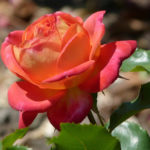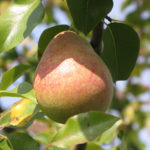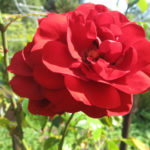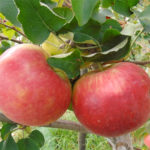The best strawberry varieties for the Urals
Strawberries, and if you speak correctly, garden strawberries, are one of the most popular berry crops. Strawberries are grown both on personal plots and on an industrial scale almost everywhere. In fairness, it should be noted that the culture is quite finicky and requires special care, especially in regions with unfavorable climatic conditions. The area of increased risk for growing strawberries includes, in particular, the Urals. As you know, the Ural winters are characterized by numerous precipitation in the form of snow and severe frosts. Short summer, long spring and cold autumn - these are the problems faced by everyone who intends to grow strawberries in the Urals. Of course, when growing strawberries in greenhouse conditions, it is possible to partially resist the whims of nature, but there are also some nuances here.
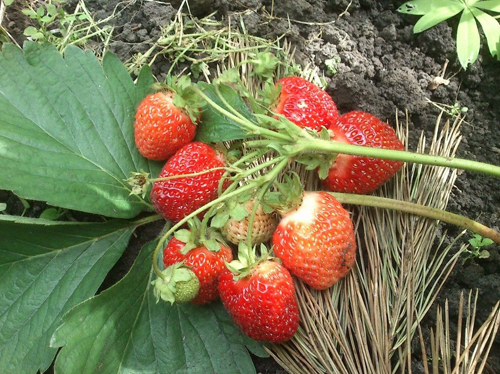
Ural gardeners, first of all, need to approach with all responsibility the choice of varieties of garden strawberries in order to get consistently high yields in this region.
The main criteria for choosing strawberry varieties for growing in the Urals
- One of the most important criteria that must be taken into account is frost resistance, since soils in the Ural region freeze to a great depth.
- The next criterion in terms of interchangeability is resistance to soaking. The autumn period in the Urals is often protracted. Abundant rainfall and heavy floating soils, especially in the highlands, as well as in the north, are a very unfavorable tandem.
- The third most important criterion can be confidently called resistance to diseases (rot). Rot is an abstract name for a group of strawberry diseases provoked by fungal and bacterial microflora. In the climatic conditions of the Urals, these pathogens feel quite at ease and are capable of causing tremendous damage.

- Ripening time is an equally important criterion to which it is advisable to pay attention when choosing varieties. The warm period with comfortable conditions for the normal development of plants is limited to 3-4 months (a little more in the southern part of the Urals). Obviously, the earlier the strawberry enters the fruiting phase, the greater the yield you can get from it.
In the assortment of garden strawberries, there are not so many positions that would fully meet all of the above criteria. Below is an overview of the most popular strawberry varieties that are suitable for growing in the Urals.
The most promising varieties for the Ural region
- Daryonka - merit of Russian breeders. It belongs to the group of non-repairable varieties, it is distinguished by its early entry into the fruiting phase. The berry is blunt-conical, deep red in color. Average weight - 15-20 grams. During the growing season, forms a lot of whiskers. A variety of commercial direction, it gives consistently high yields. Does not require special agrotechnical measures, except for regular watering and timely feeding.
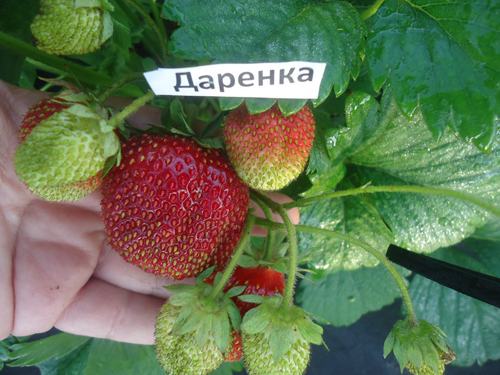
- Amulet. Non-repairing, medium-early ripening. Conical berries, dark red, sweet taste. The average weight of the berry is 25-30 grams. Subject to the cultivation technology, a yield of up to 2 kg per 1 square meter is achieved. The amulet is characterized by amicable ripening of berries. The fruits are suitable for transportation. Resistance to diseases, especially fungal, is high. The variety successfully resists the influence of the strawberry mite. The variety is winter hardy. Forms few lateral shoots. This strawberry is recommended to be planted in the spring, as the yield decreases significantly during the autumn planting.
- Berdskaya early. Refers to the group of non-refurbished. Very early bearing. The berry is light red, round-conical in shape, weighing 15-20 grams. The taste of the pulp is sweet and sour. Main advantages: high yield, resistance to gray rot and strawberry mite. Winter hardiness is high. Doesn't give a lot of mustache. Recommended for cultivation in greenhouse conditions.
- Festival Chamomile... The variety was bred in Ukraine. Medium ripening. The berry is bright red, round-conical in shape. The pulp is dense, juicy, sweet taste. A variety of commercial purposes, the first fruits are very large, weighing up to 40 grams. Differs in high resistance to many diseases and parasitic insects. It tolerates winter and drought well.
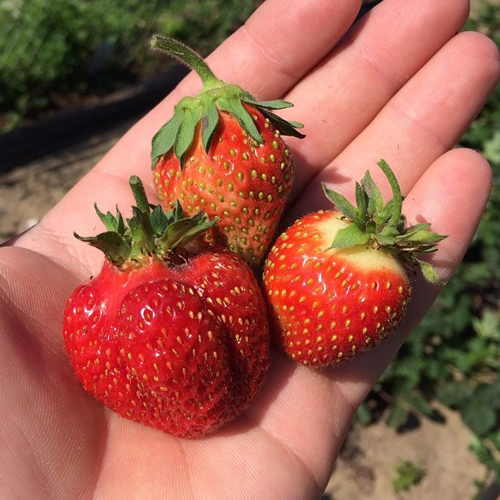
- Omsk early. The variety was bred in the Siberian Research Institute of Agriculture as a result of crossing the varieties Novinka and Idun. Zoned for the West Siberian region (Altai Republic, Kemerovo, Tyumen, Novosibirsk, Omsk and Tomsk regions, Altai Territory). The berry is pink-red, blunt-conical in shape. The pulp is sweet and sour. Average weight - 10-15 grams. High immunity to fungal diseases. Strawberries are slightly affected by parasitic insects. Winter hardiness is high.
- Tanyusha. Bred by Russian breeders for cultivation in the West Siberian region. Medium ripening. The berry is medium-sized, weighing an average of 10-15 grams, blunt-conical in shape. Forms a little mustache. The fruits are light red in color, the pulp is sweet and sour. The variety is characterized by medium resistance to fungal and bacterial microflora, and also quite well resists strawberry mites. Relatively well tolerates dry and frosty periods.
- Maryshka... Bred in the Czech Republic. Medium early ripening, but in greenhouse conditions, the harvest ripens on a par with the early varieties. The berry is large, elongated, dark red in color. On average, the weight of the fetus is 25-25 grams. Productivity up to 1.5 kg per bush. The taste of the berries is sweet. The pulp is not very juicy, which is convenient for transportation. The plant gives few side shoots. Differs in high resistance to some bacterial diseases (spotting) and parasitic insects (aphids, strawberry mites). Easily tolerates lack of moisture, high cold resistance.
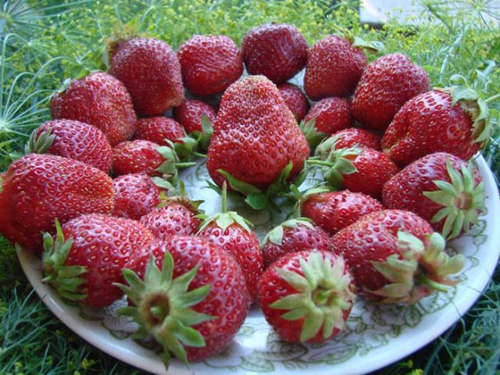
- Junia Smides. Bred by Latvian breeders. Self-pollinated, medium ripening. The berry is red, weighing up to 30 grams (on average, the mass varies between 15-20 grams). Strawberry pulp, sweet and sour taste. The variety is highly resistant to various diseases. Average frost resistance.
- Kama... Polish selection, bred as a result of crossing the varieties Zenga Zengana and Kavaler. When fully ripe, the berry turns burgundy. The fruits are large enough, weighing 25−35 grams, of the correct rounded-rhombic shape. Strawberries form little whiskers. On average, from one bush, you can get up to 1 kg of berries or more. Disadvantages: weak immunity against brown and white spot. Drought resistance and frost resistance are high.
The correct choice of varieties is the key to high yields!


